
8 minute read
Digital tools for fi sh farm operators

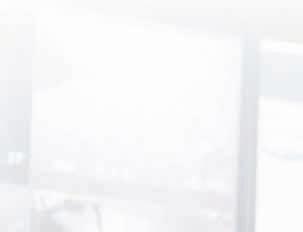



A new era in data


Making sense of the growing amount data coming in from farm sites will be crucial




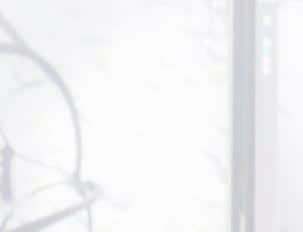
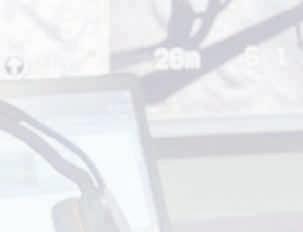
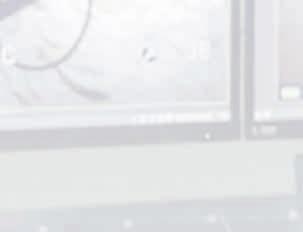





Monitoring what is happening at a farm site – from fi sh behaviour to water quality – used to entail having a member of staff heading out on a boat for a physical inspec� on. Analysis of, for example, oxygen content in the water might require taking a physical sample and taking it back to a lab somewhere on the mainland.
Increasingly, however, monitoring is real-� me, remote and automated. Now, a consor� um of research partners in Scotland has been awarded a £250,000 funding package to revolu� onise the collec� on, interpreta� on, and use of data on fi sh farms, with the development of a new digital pla� orm that will enable ac� onable insights.
Led by R3-IoT, the group will develop a so� ware system that automa� cally captures large volumes of con� nuous sensor data across aquaculture sites securely in one place, where it can be processed, stored, and ac� oned. The digital pla� orm will be developed in parallel with R3-IoT’s satellite communica� ons solu� on, which brings seamless connec� vity to remote and rural areas.
The project is funded by the Seafood Innova� on Fund, with support from the Sustainable Aquaculture Innova� on Centre (SAIC); Northern Light, the aquaculture consultancy; The Data Lab, Scotland’s innova� on centre for data science and AI; CENSIS, Scotland’s innova� on centre for sensing, imaging systems, and Internet of Things technologies; Edinburgh Napier University; the University of S� rling’s Ins� tute of Aquaculture; and the Sco� sh Salmon Producers Organisa� on (SSPO).
The new pla� orm will automate the collec� on of data on metrics like oxygen, temperature, and salinity, from a range of sensing technologies already in place, allowing fi sh farms remotely manage their opera� ons more effi ciently. It will also enable organisa� ons to regularly share environmental and opera� onal data with regulators, supply chain companies, researchers and other stakeholders.
Allan Cannon, CEO and co-founder of R3-IoT, says: “Having data is only the fi rst step – you also have to unlock its poten� al, which is what the digital platform we are developing through this project will deliver.
“The technology will help fi sh farmers understand opera� ons across diff erent sites and loca� ons wherever they are, providing them with increased visibility and improved quality of, and access to, � mely informa� on. It will also allow them to remotely and quickly respond to data-driven insights to improve business performance.”
Heather Jones, CEO at SAIC, added: “This digital tool could bring another level of intelligence to aquaculture, allowing site teams to understand condi� ons on site even if they are working remotely. Using sensor data they could, for instance, iden� fy issues with a par� cular area of the farm being aff ected by � dal infl ux with increased levels of plankton and chlorophyll.
“Fish farmers will be able to decide the metrics and parameters that ma� er to them. When industry professionals see this in ac� on, they may want to take it further and could even explore concepts such as preventa� ve maintenance type models… ul� mately, it could be a powerful tool for fi sh farmers.”
Meanwhile, Mowi CEO Ivan Vindheim has commi� ed to implemen� ng the company’s 4.0 Smart Farming ini� a� ve in all of its Norwegian farms by no later than 2025.
Using advanced imaging technology and intelligent sensors, Smart Farming will enable real-� me

Top: Mowi Smart Farm control centre Above: Heather Jones Opposite: Mowi Smart Farm real � me monitoring
monitoring of biomass, lice coun� ng, autonomous feeding and tracking of fi sh welfare.
The data will be fed into remote opera� on centres, where Mowi staff will be able to get a real-� me picture of what is happening at the farms, taking ac� on where necessary. It will not just be human beings monitoring the data, however. Smart Farming will also involve machine learning and ar� fi cial intelligence, so that the system itself is constantly improving.
As well as saving on staff requirements – recruitment is a challenge in Norway – the approach should also be benefi cial for fi sh welfare. The company says: “By constantly tracking fi sh behaviour and fi sh health, Mowi can be proac� ve instead of reac� ve when it comes to ac� ng on biological issues.”
Of course, relying on real-� me, remote monitoring at farm sites means that the technology itself must be capable of delivering what it promises. James Hu� on Ltd (JHL), the commercial arm of the James Hu� on Ins� tute, is now off ering an assessment which can test the claims of new technology and provide assurance for customers and investors.
Environmental Technology Verifi ca� on (ETV) is an interna� onal standard, ISO 14034, aimed at providing credible, reliable and independent verifi ca� on of environmental technologies which have an impact or added value for the environment.
As Gareth Newman, Service Delivery Manager with James Hu� on Ltd (JHL) explains: “The technology concerned must involve innova� on and should represent an improvement on exis� ng technology. For example it could mean using less power, consuming less in terms of resources or having be� er recycling op� ons at the end of a product’s life.”
Typically, the ETV process will mean looking at technologies such as water and waste water treatment or monitoring water quality. It could also involve online, in situ monitoring to replace the typical process of taking a sample back to a lab for analysis – meaning the whole process has less of an environmental footprint.
He says: “It’s an impar� al assessment, so James Hu� on should not have an interest in the company concerned or even be involved in the process of any compara� ve analyses for proving the technology works.”
The verifi ca� on service from JHL is s� ll new and the fi rst assessment process is currently under way. Newman adds: “This is a growing segment of the market.”
In a separate ini� a� ve, JHL is also working with the aquaculture industry to fi nd ways to detect the lowest possible concentra� ons of emamec� n benzoate – a pes� cide used to control sea lice – in sediment on the seabed. FF
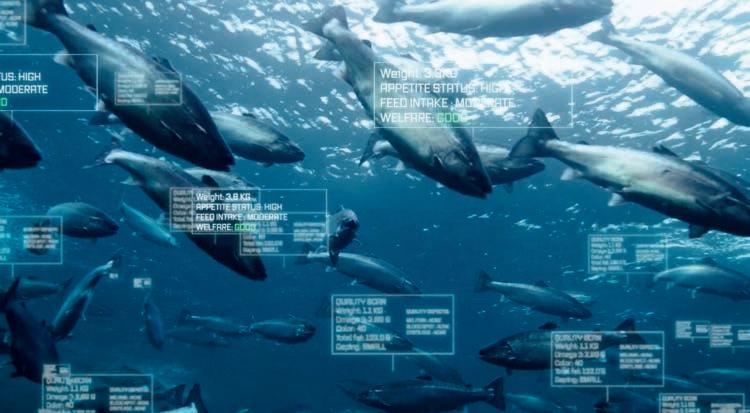
Problems, solved
James Hutton Limited is segueing into sediment analysis for aquaculture
Perhaps better known as an analytical laboratory for the oil, gas and manufacturing sectors, Aberdeen based, James Hutton Limited, is putting the chemical analysis skills of its world-leading team to good use for the aquaculture sector. Current work includes the development of a method to detect the lowest possible concentrations of the lice treatment emamectin benzoate in sediment.
Business Development Manager Rodger McGovern says: “Being the commercial subsidiary of the James Hutton Institute puts the business in an enviable position, with unsurpassed access to people and equipment providing a unique offering. Our researchers, analysts and accredited techniques play a crucial part in monitoring many aspects of the environment particularly sediments, water and soils, so we are well placed to offer up expertise in support of problem solving for a range of industries.
“With method development a specialty, we are often tasked with creating new analytical solutions and we’re very excited to work closely with the aquaculture industry to develop this method for emamectin benzoate detection.
“Our other forays into aquaculture include our dedicated lipid laboratory, Mylnefi eld Lipid Analysis, which specialises in the analysis of omega-3 and fatty acids, plus a number of industry collaborations including an investigation into the potential of seaweed as an ingredient in livestock feed and another purporting fava beans as an alternative protein for fi sh feed. There are several techniques we can offer for contaminant analysis and I would urge anyone interested to take a look at our website, huttonltd.com”
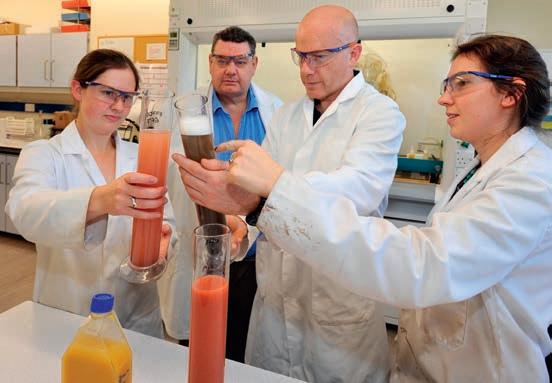

Above: Combined skills and experience of James Hu� on analysts off er more precise, interpreta� ve results Right: James Hu� on Limited works alongside the aquaculture industry on a number of collabora� ve projects











